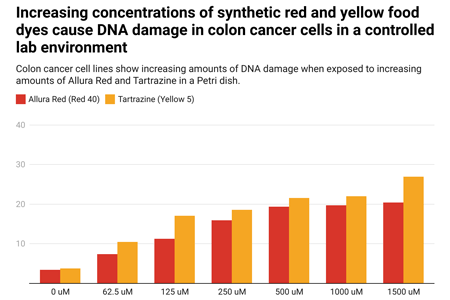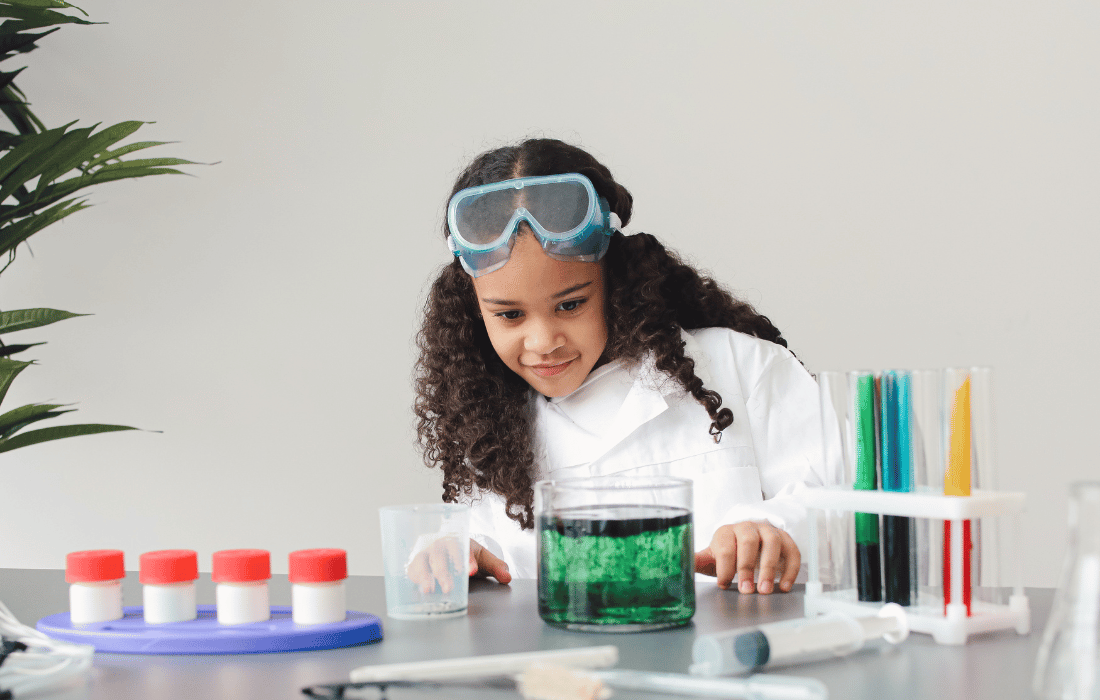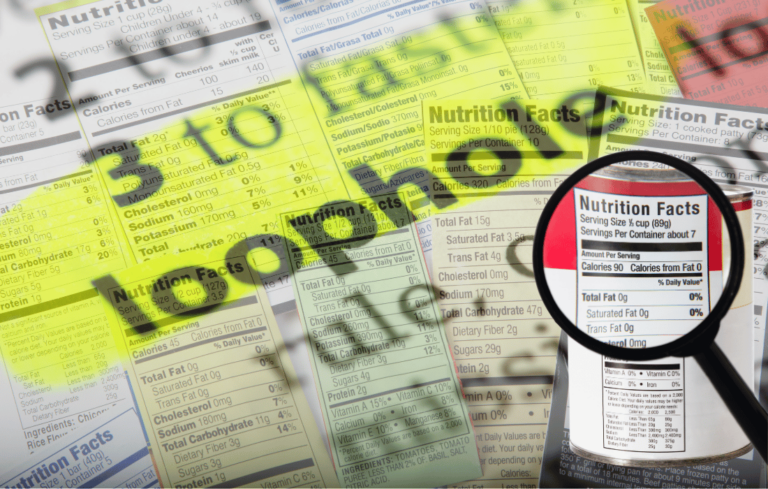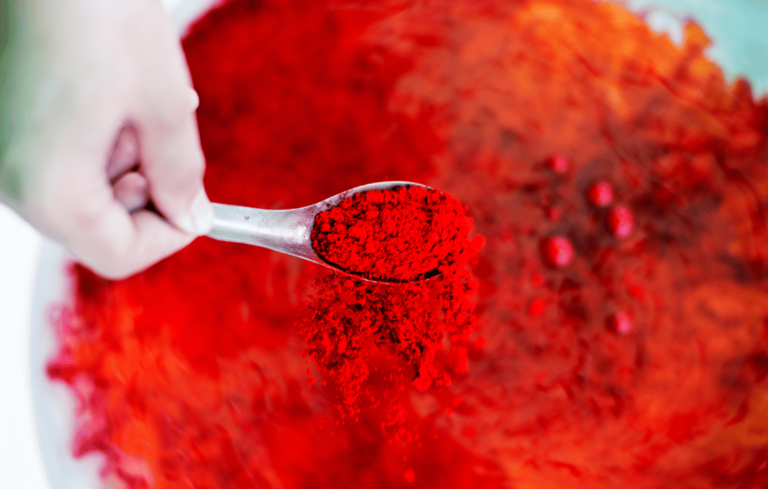Artificial food dyes have long been embedded in the American food system, primarily used to enhance the visual appeal of processed foods, beverages, and pharmaceuticals. Their presence spans tens of thousands of consumer products, often serving as a superficial marker of flavor or freshness rather than any nutritional or preservative value.
A growing body of scientific literature has linked many of these synthetic dyes to a range of adverse health effects, including neurobehavioral disruptions, endocrine interference, metabolic dysfunction, and carcinogenic potential. These risks are particularly concerning in vulnerable populations such as children, whose developing systems are more sensitive to chemical exposures.
While nations such as those in the European Union and Canada have already implemented restrictions or outright bans on synthetic food dyes, regulatory action in the United States has been comparatively slow. That began to shift in 2025 when the FDA introduced several critical reforms, including the ban of Red 3, a reevaluation of outdated GRAS (Generally Recognized As Safe) designations, and the expedited approval of natural dye alternatives.
This article examines the historical approval and widespread application of synthetic food dyes, evaluates the emerging scientific consensus on their health risks, and outlines the recent policy changes intended to mitigate harm. It also offers guidance for individuals and families seeking to reduce exposure while navigating a marketplace still dominated by artificial additives.
What Are Artificial Food Dyes and Why Were They Ever Approved?
Artificial food dyes are petroleum-derived chemicals that offer no nutritional benefit. Their function is purely cosmetic — to enhance the appearance of food and make products more visually consistent or appealing. Common dyes like Red 40, Yellow 5, and Blue 1 are found in an estimated 36,000 processed food items in the U.S., including cereals, candy, snack foods, ice cream, condiments, and children’s medicines.
The GRAS Loophole: Industry Policing Itself
Many of these dyes were approved under the FDA’s Generally Recognized As Safe (GRAS) designation — a controversial policy that allows food manufacturers to self-certify additives without rigorous, independent review. This process, established in the 1950s and 60s, relied on outdated science and limited toxicological data. For decades, companies have introduced and maintained additives with little to no post-market oversight. In some cases, such as Red 3, scientific evidence linking these dyes to cancer was available for years, but the product remained on store shelves.
FDA’s Recent Shift: A Long-Overdue U-Turn
Following decades of regulatory stagnation and continued consumer exposure to harmful synthetic additives, the FDA has initiated policy changes intended to reestablish oversight, modernize safety evaluations, and reduce public health risks associated with artificial food dyes.
Red 3 Finally Banned — After 30 Years
In January 2025, the FDA banned Red Dye No. 3 from food, citing animal studies that linked it to thyroid tumors. Notably, the same dye was banned from cosmetics in 1990. Its delayed removal from food products underscores the regulatory system’s inertia and the influence of industry lobbying.
A Comprehensive Phaseout of Synthetic Dyes
Under the direction of Dr. Marty Makary and Secretary of Health and Human Services Robert F. Kennedy Jr., the FDA is working to phase out all remaining petroleum-based dyes. These include Red 40, Yellow 5 and 6, Blue 1 and 2, Green 3, and Citrus Red No. 2. In parallel, the agency is launching a modernized post-market review process, revisiting GRAS exemptions, and promoting transparency around food chemicals.
Health Consequences: What the Science Says
An expanding body of peer-reviewed scientific research has raised significant concerns about the physiological and neurological effects of artificial food dyes. These additives, many of which were approved decades ago under outdated safety protocols, have been implicated in a range of health issues spanning from developmental disorders in children to carcinogenicity and metabolic disruption in adults. Let’s review the most recent findings from toxicological and epidemiological studies that continue to inform regulatory decisions and consumer awareness.
1. Behavioral Disorders and Cognitive Impairment in Children
A 2021 review by California’s Office of Environmental Health Hazard Assessment (OEHHA) found consistent evidence linking synthetic food dyes to hyperactivity, attention deficits, and behavioral changes in children. Even children without formal diagnoses, such as ADHD, were affected. Human clinical trials, animal studies, and toxicological reviews suggest these dyes interfere with neurotransmitter function and can reduce cognitive performance.
2. Endocrine Disruption and Carcinogenicity
Red 3 has been classified as a carcinogen due to its ability to cause thyroid tumors in rodents. Other dyes, such as Yellow 5 and Yellow 6, are known to contain carcinogenic contaminants, while Blue 1 has been associated with neurotoxicity. Some dyes also contain or are contaminated by heavy metals like lead, arsenic, and cadmium — all of which are particularly harmful to children’s developing systems.

3. Titanium Dioxide and Emerging Risks
Titanium dioxide, often used to whiten or brighten food products, is not a dye but is frequently labeled as an artificial color. Recent findings, cited in the 2023 request for removal submitted by four major environmental health organizations, indicate that titanium dioxide nanoparticles may interfere with gut hormone signaling, elevate blood glucose levels, and contribute to insulin resistance. These effects raise serious concerns about its role in obesity, Type 2 diabetes, and metabolic syndrome, especially in growing children.
International Comparisons: What the U.S. Can Learn from Other Countries
Examining international approaches to synthetic dye regulation offers valuable insights into more protective food safety frameworks. Countries such as those in the European Union and Canada have implemented stronger precautionary measures, serving as instructive models for how the United States could enhance its own regulatory standards.
Stricter Regulations in Europe
The European Food Safety Authority (EFSA) banned titanium dioxide from food in 2022. Additionally, foods containing synthetic dyes in Europe must carry warning labels stating they “may harm activity and attention in children.” These requirements have driven companies to reformulate products using natural alternatives such as beet juice, turmeric, and paprika extract.
Canada’s Shift to Natural Colors
Canada has also seen large-scale reformulation. For example, Kellogg’s Froot Loops in Canada are colored using watermelon and carrot juice, while the U.S. version continues to use petroleum-based dyes. This contrast demonstrates that safer alternatives are viable — and often already in use elsewhere.
What’s Actually Changing Now?
In response to mounting public pressure and scientific evidence, federal and state agencies have begun taking measurable steps to address the widespread use of synthetic dyes in the food system. The following developments illustrate how regulatory policy and corporate practices are beginning to shift.
1. FDA Approves New Natural Dyes
To support the transition, the FDA approved three new natural dyes in 2025: galdieria extract blue, butterfly pea flower extract, and calcium phosphate. These are already being incorporated into candies, cereals, dairy desserts, and other snacks. While supply chain and formulation challenges remain, the shift toward plant-based coloring agents is accelerating.
2, State Legislation Drives National Action
State-level regulations have played a critical role in pushing federal reform. California banned six dyes from school meals, and West Virginia passed a statewide ban affecting multiple food categories. These legislative moves forced large manufacturers to act more quickly and have influenced national policy momentum.
Why This Isn’t Just a Kid Problem
Synthetic dyes are prevalent in products beyond children’s snacks. Sports drinks, flavored waters, protein powders, supplements, and over-the-counter medications frequently contain artificial colors. Alarmingly, some children’s medications contain dye concentrations that exceed FDA-recommended limits in a single dose.
Unlike calories or sugar, there is no requirement to disclose the quantity of dyes in food products. Consumers are left in the dark about their cumulative exposure, especially if they consume multiple dyed products daily. This lack of transparency makes informed decision-making nearly impossible.
Practical Steps to Reduce Exposure
While systemic changes are underway, individual and household-level decisions still play a critical role in minimizing exposure to harmful synthetic dyes. The following strategies offer practical and accessible ways to reduce dietary intake of artificial colorants, particularly in environments where regulatory protections may lag behind the science.
1. Read Ingredient Labels Diligently
Look for terms like “FD&C Red 40,” “Yellow 5,” or “artificial color.” If these appear on the ingredient list, the product contains synthetic dyes. Some organic and natural brands still use additives, so vigilance is key.
2. Prioritize Whole and Minimally Processed Foods
Unprocessed foods such as fruits, vegetables, meat, dairy, and whole grains do not contain artificial dyes. These foods not only reduce exposure but also provide essential nutrients that support detoxification and neurological health.
3. Use Natural Alternatives When Cooking
For homemade meals and baked goods, use natural colorants such as turmeric (yellow), beet juice (red), spirulina (blue-green), and butterfly pea flower (blue to purple, depending on pH). These options offer visual appeal without the health risks.
4. Educate Children and Make Food Swaps Enjoyable
Transitioning away from synthetic dyes can be turned into a fun family challenge. Teach children to identify harmful ingredients and reward clean-label choices. Creating ownership and awareness can reduce resistance and foster healthier lifelong habits.
Final Thoughts: The Beginning of a Larger Reform
The FDA’s recent actions represent a long-overdue shift toward transparency and public health protection. However, the momentum must continue. While banning Red 3 and encouraging natural dye alternatives are commendable, the real challenge lies in overhauling a regulatory system that has prioritized industry convenience over human health for decades.
Consumers, health professionals, and policy advocates must remain vigilant. Artificial food dyes are symptomatic of a much deeper issue: a food system reliant on ultraprocessed, cosmetically engineered products that compromise long-term wellness.
Eliminating synthetic dyes is not just about avoiding hyperactivity or bright blue frosting. It’s about reclaiming control over what goes into our bodies — and what kind of food culture we choose to support.
Choose real food. Reject artificial distractions. Support policies that prioritize health over marketing.










